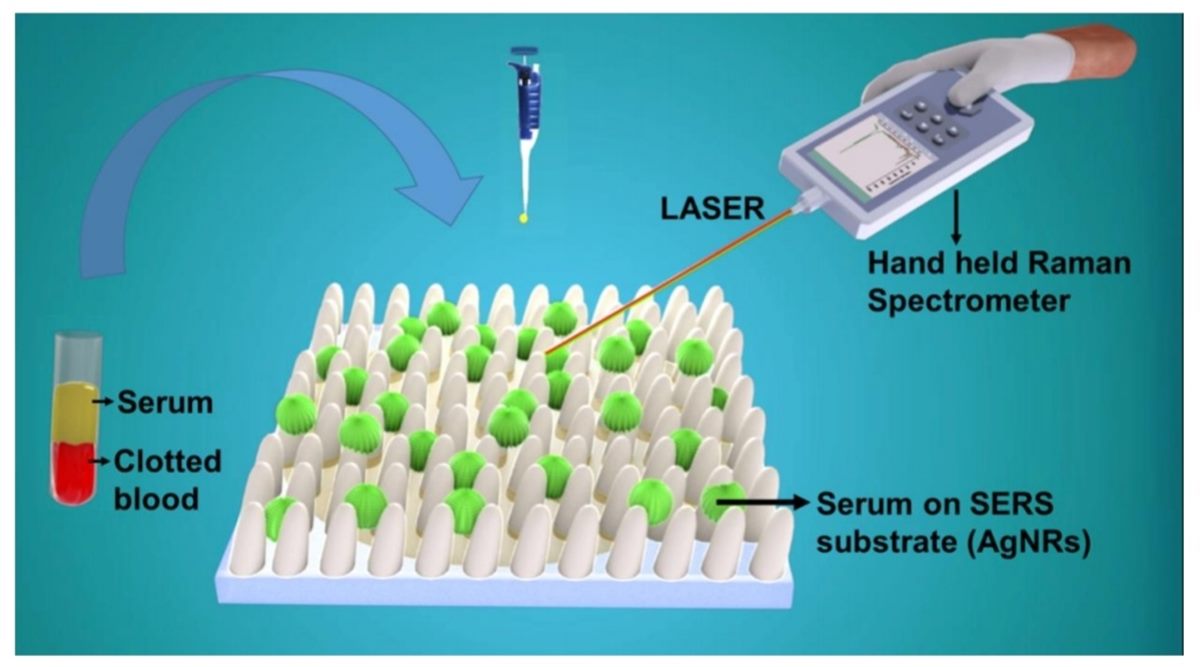
Indian Institute of Technology Delhi (IIT-D) has developed a handheld device for “early and rapid” detection of dengue. The device provides results within the hour.
The project’s Principal Investigator, Professor JP Singh of the Physics department, said, “This ultrasensitive and handy device has a wide range of applications in the early-stage on-site detection of viral diseases and can produce the final report of investigation within an hour.”
“Conventional diagnostic tools like nucleic acid detection using Reverse Transcriptase Polymerase Chain Reaction (RT-PCR) are a time taking process and it also requires expensive equipment and reagents for the diagnosis of dengue. These types of common diseases require a rapid, scalable and point-of-care diagnosis to be implemented at the community level and to reduce the workload of healthcare professionals,” IIT-D said in a statement.
“Understanding this, the GLancing Angle Deposition (GLAD) research group at IIT Delhi’s Physics Department has developed a handheld Surface Enhanced Raman Spectroscopy (SERS) based platform for early diagnosis of dengue virus,” it said.
The institute said the device had been “successfully tested” on clinical blood samples collected from hundreds of people in collaboration with the National Institute of Malaria Research (NIMR).
In the GLAD technique, “only two micro-litres of a diluted serum was dropcasted on the SERS substrates and Raman spectra were collected by flashing 785 nm laser beam through the device”.
“All the data were fed in a statistical tool principal component analyser (PCA) software. The integrated device was able to clearly differentiate the three sets of blood samples; dengue positive, negative, and healthy. This method provides a sensitive, rapid, and field-deployable diagnosis of dengue at the early stage,” IIT-D said.
The research work was funded by the IMPRINT India program of the Ministry of Education with New Age Instruments and Materials Pvt Ltd as the industry partner. The research was published in the January 2020 issue of the journal Analytical Chemistry.




















